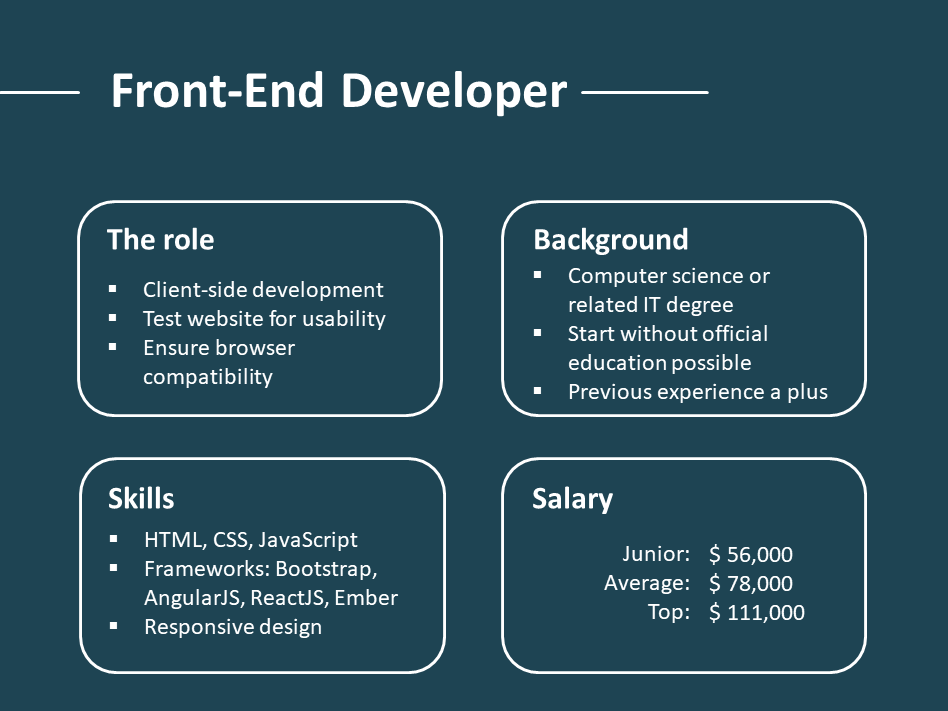Tube Rank: Your Guide to Video Success
Discover tips and insights for optimizing your video presence.
Back-End Development: Where the Real Party Happens
Dive into back-end development and discover where the real magic happens! Uncover secrets, tips, and the thrill of coding!
Understanding APIs: The Backbone of Back-End Development
APIs, or Application Programming Interfaces, serve as the fundamental building blocks of modern back-end development. They enable different software applications to communicate with one another, simplifying the process of data exchange and functionality integration. In essence, an API defines the methods and data formats that developers can use when interacting with a service, whether it's cloud storage, payment processing, or social media platforms. Without APIs, developers would face significant hurdles in creating cohesive and efficient applications, as the tedious task of building every component from scratch would drastically slow down the development process.
Understanding the role of APIs also involves recognizing various types and their specific functions. RESTful APIs, for example, adhere to REST (Representational State Transfer) principles and are widely used for web services, while SOAP APIs operate through a more rigid protocol using XML. Moreover, APIs can be categorized into public, private, and partner APIs, each serving distinct purposes in application development and integration. By leveraging the power of APIs, developers can create robust applications that not only enhance user experiences but also streamline back-end processes, laying a solid foundation for future innovations in technology.

Why Back-End Development is Essential for Modern Web Applications
Back-end development plays a crucial role in creating robust and scalable modern web applications. It involves the server-side operations that power the functionality of websites, ensuring that data is processed and served efficiently to users. Without a well-structured back-end, applications can face performance issues, data inconsistency, and security vulnerabilities. As user expectations for speed and reliability continue to rise, the importance of back-end development becomes even more pronounced. Building a strong back-end allows developers to implement complex features like user authentication, data management, and application programming interfaces (APIs) that are essential for a seamless user experience.
Moreover, back-end development facilitates effective integration of various technologies and systems. For instance, utilizing databases for storing user data, transactions, and application status is a fundamental aspect of back-end programming. This enables developers to create dynamic content that adapts to user needs, while using frameworks and languages such as Node.js, Python, or Ruby on Rails to streamline the development process. In modern web applications, adopting a solid back-end architecture not only enhances performance but also supports ongoing maintenance and scalability, ensuring that applications can grow and evolve alongside user demands.
How to Choose the Right Back-End Technology for Your Project
Choosing the right back-end technology for your project is crucial for its long-term success. Start by assessing your project's specific requirements, including the size of the application, expected traffic, and the skill level of your development team. For instance, if your project requires high scalability, you might want to consider Node.js or Python with Django, as these technologies are designed to handle a large number of simultaneous connections efficiently. On the other hand, if you are looking for a more traditional approach, Java or Ruby on Rails could provide the robust architecture needed for enterprise-level applications.
Additionally, take into account the community support and ecosystem associated with the technology. A strong community means more libraries, frameworks, and tools, which can significantly speed up development time. Consider making a shortlist of technologies based on these factors and conduct a proof of concept to evaluate their performance in a real-world scenario. Finally, remembering to factor in the ongoing maintenance and potential for future updates will help ensure that your chosen back-end technology remains relevant as your project grows.